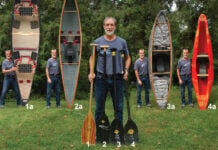With gasoline prices in America at an all-time high, fillin’ ‘er up can feel like a punch in the gut. The added wind resistance of a car-topped canoe can be even more of a drag on your finances. With these challenges in mind, you can still find ways to save money at the pump on your way to the put-in.
How paddlers can save money at the pump
On a recent trip, my fuel economy dropped by six miles per gallon, about 25 percent, with a single car-topped Prospector. With local gas prices hovering around $5 per gallon, the round-trip fare for my canoe alone cost $60—equal to the cost of renting a canoe for my weekend trip.
The decrease in gas mileage with a car-topped canoe varies with vehicle model, ranging from five to 25 percent according to the U.S. Department of Energy.
“You’ll really notice a decrease in efficiency if you’re driving an aerodynamic design, like a Prius. A Ford F-150 is barely going to notice the difference with a canoe up top,” says Dave Condon, senior design engineer for Yakima. “If a vehicle has been created to move very efficiently and you add a boat, you’ve just added a lot of drag; a little Honda is going to suffer far more than a big rolling brick.”
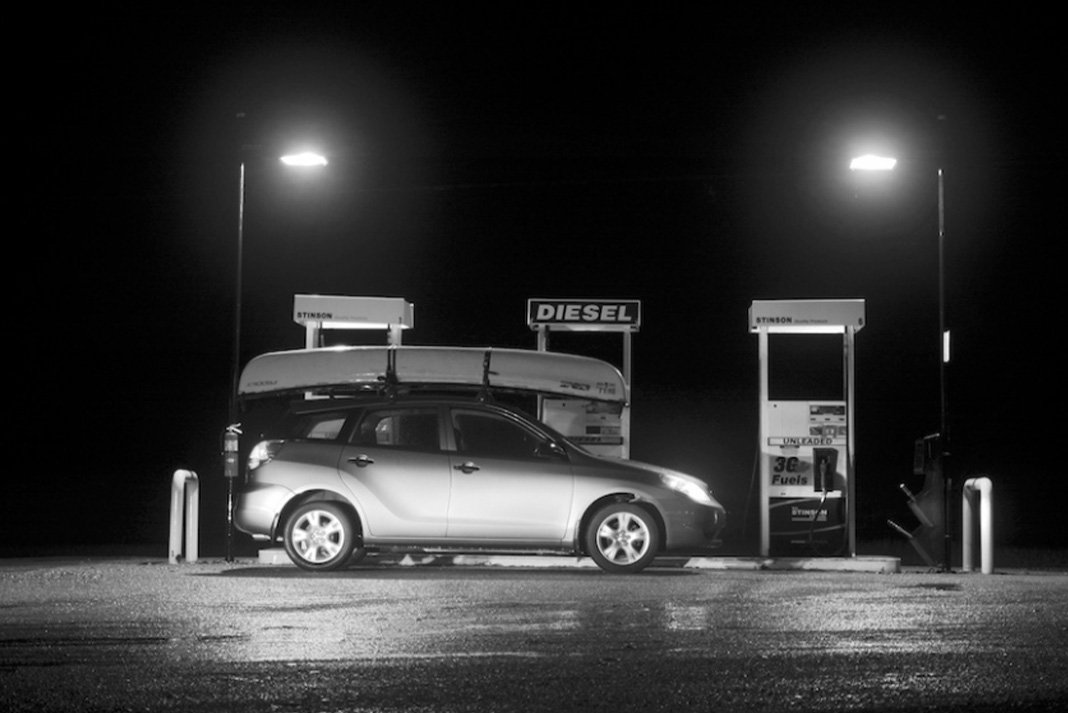
The shape and size of your boat, tie-down method, road conditions and terrain, as well as wind direction and speed are all variables that will also affect your mileage.
To get the most distance for your dollar, Condon recommends a dedicated system for transporting your boat, such as roof racks or a trailer. Though trailers have a larger ecological footprint, they offer better fuel economy because they cruise in the slipstream behind your car.
DIY techniques to improve efficiency
Canoeroots readers shared stories of experimenting with their own DIY hacks for making the gallons last, including transporting canoes with inflated flotation bags and spray decks to create a more aerodynamic shape. They reported marginally better fuel economy with than without.
However, the most effective way to increase fuel economy is unfortunately also the least popular—get out of the fast lane.
“Taking the back roads, compared to driving at 70 miles per hour on the freeway, will increase your mileage,” advises Condon. “The power required to push a car (and boat) through the air increases exponentially with increased speed.”
This means that wind resistance increases more between 70 and 80 miles per hour than it does between 50 and 60. Just slowing down from 65 to 55 miles per hour can increase your fuel economy by as much as 15 percent—that’s mileage you’ll need if you’ve got a car-topped canoe.
Your mileage may vary.| Feature photo: Kaydi Pyette


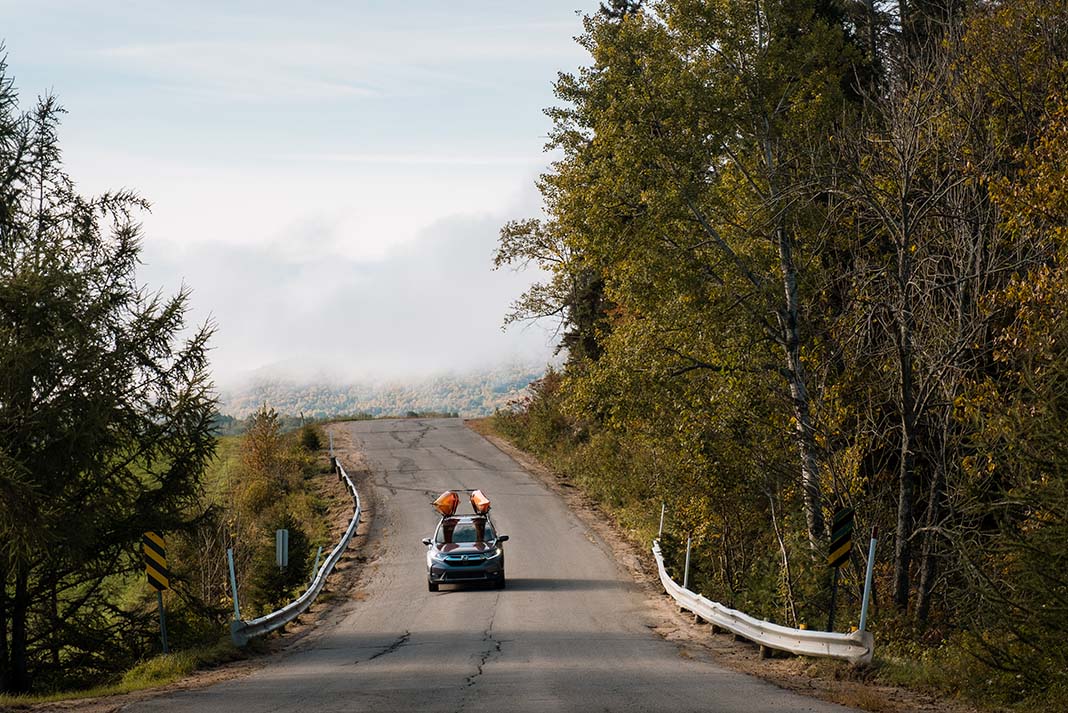
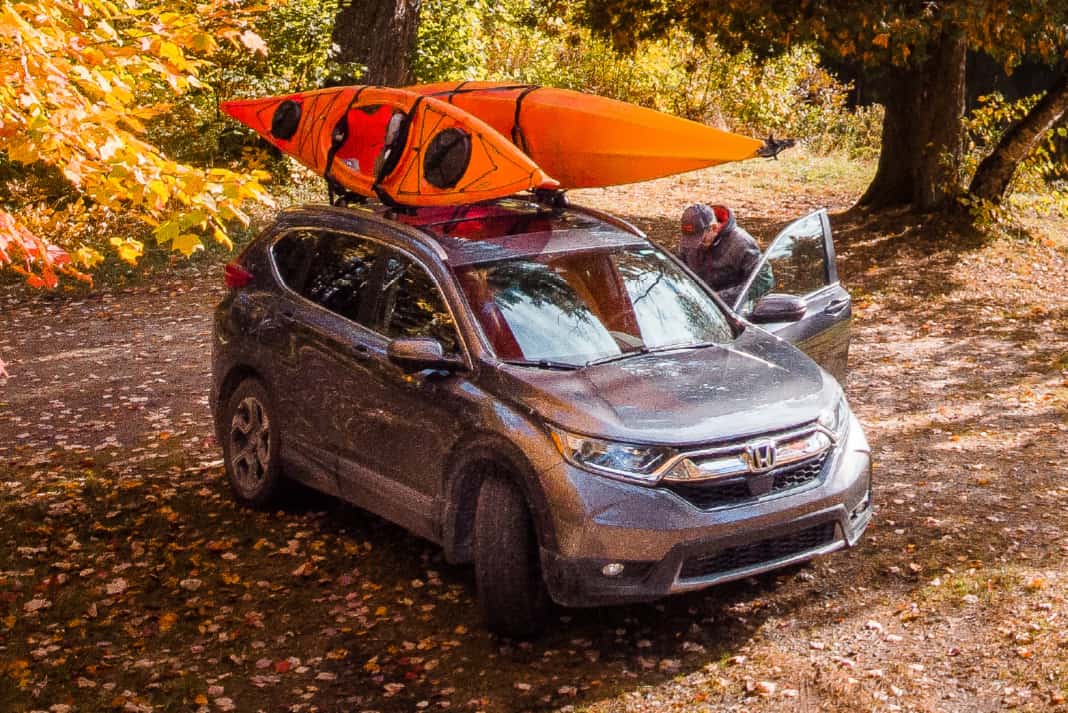
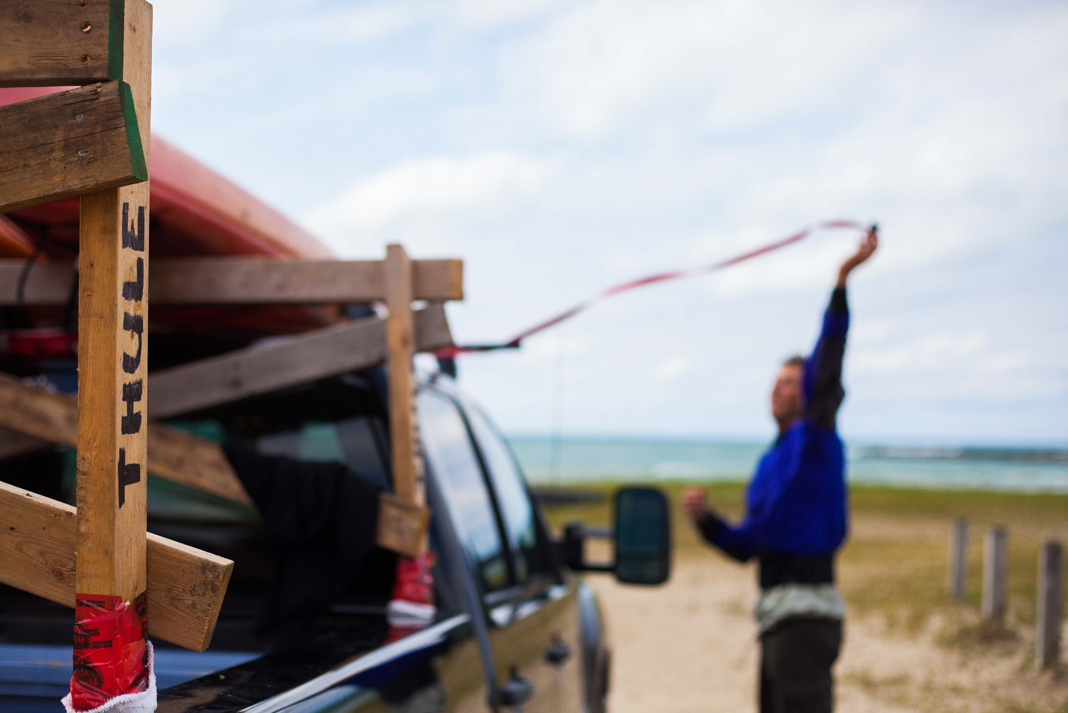
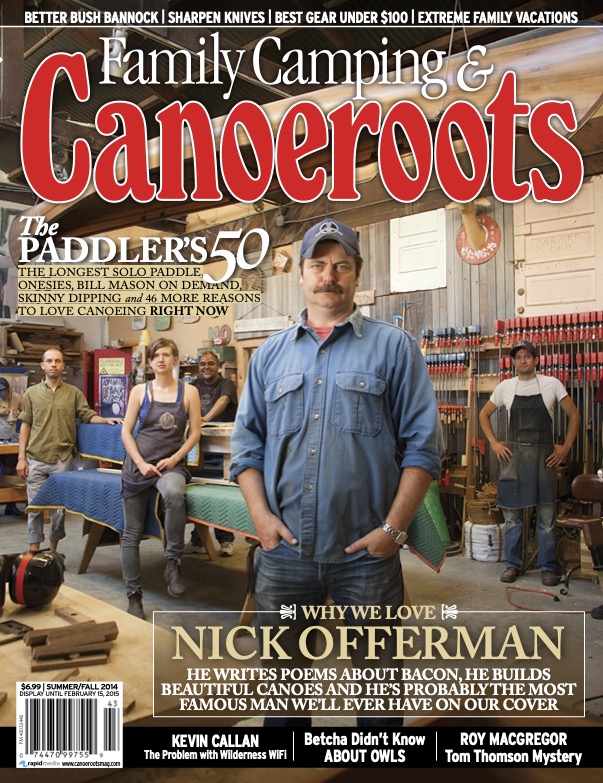 This article was first published in the Summer/Fall 2014 issue of Canoeroots Magazine.
This article was first published in the Summer/Fall 2014 issue of Canoeroots Magazine. 


